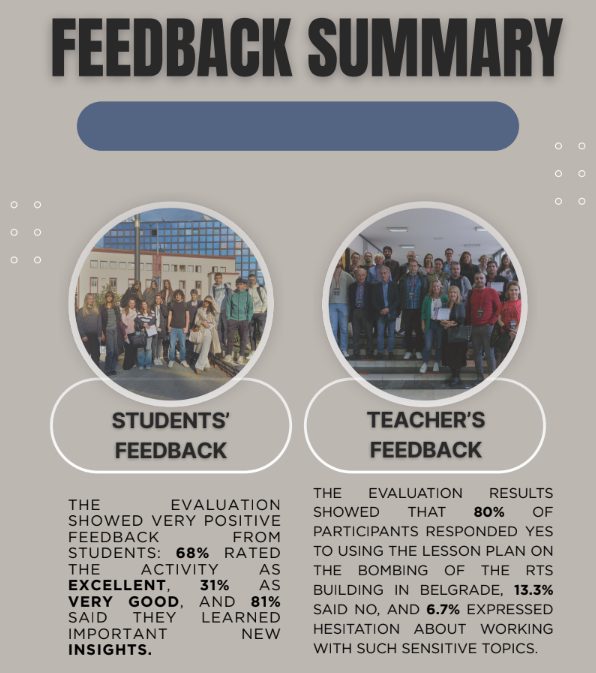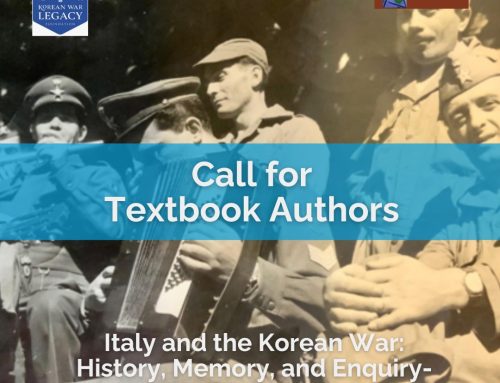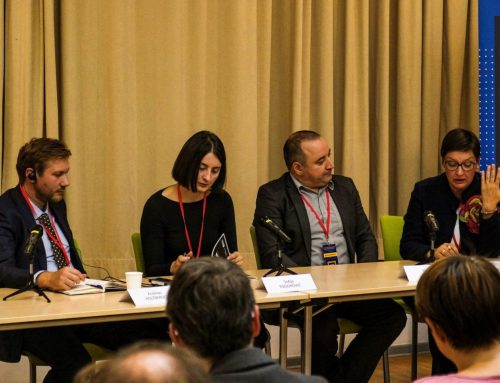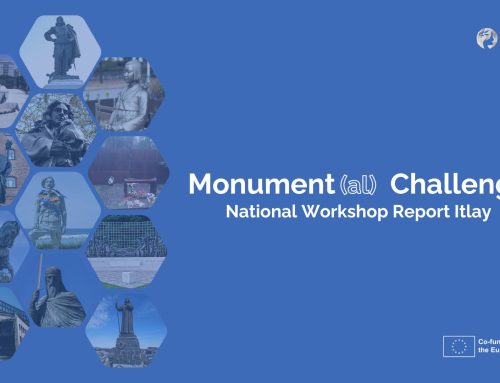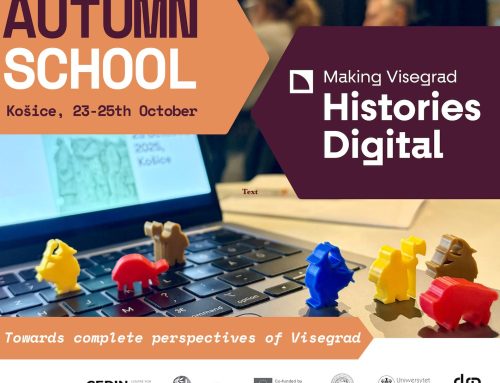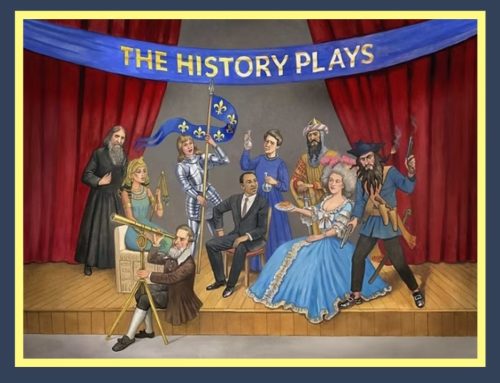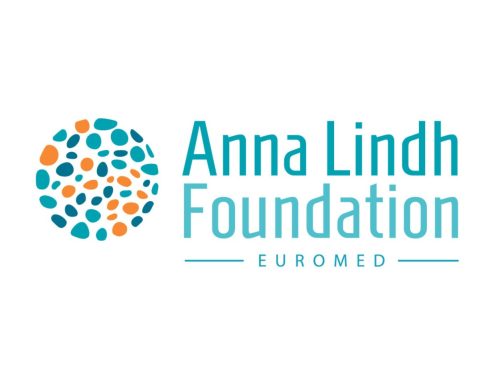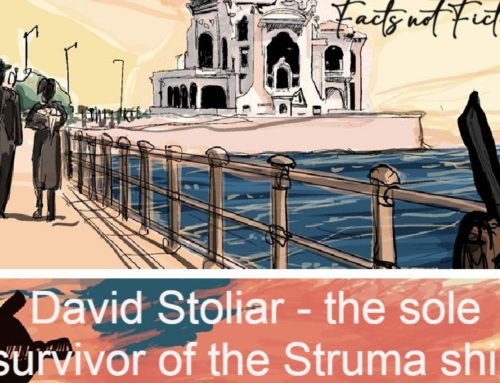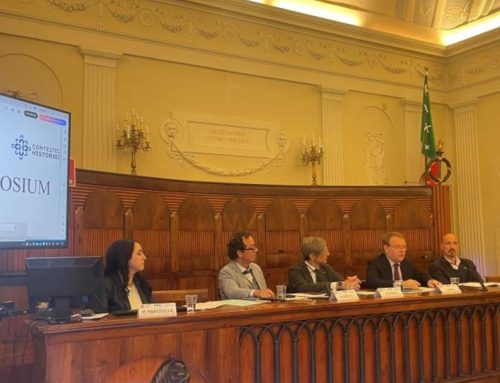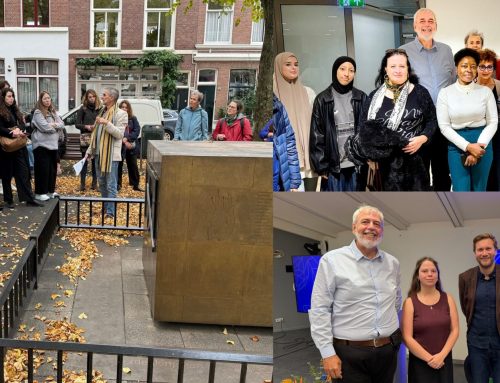The national workshop on the “Monumental Challenges” project was held within the framework of the IV Belgrade History Education Symposium, organised by Education for the 21st Century on October 31, 2025, at the Faculty of Philosophy, University of Belgrade.
The workshop brought together 30 participants from across Serbia, including educators, historians, and students. The main goal of the workshop was to present the deliverables produced within the Monument(al) Challenges project, introduce case studies from the MONCHAL educational kit, and provide practical guidance on their implementation.
This workshop highlighted the importance of addressing sensitive historical issues, as students in Serbia who are currently leading protests in response to the Novi Sad canopy collapse are encountering situations similar to those explored in our lesson plan.
Presentation by Professor Marko Šuica: “Monuments, Memory, and the Challenges of Teaching Contested Pasts”
In the first part of the workshop, Professor Marko Šuica presented the conceptual and educational framework of the Monument(al) Challenges project, showing how citizens and students encounter urban heritage — statues, street names, buildings, and memorials — that carry diverse cultural and historical meanings, capable of both connecting and dividing communities through complex identity narratives.
Focusing on the intersection of heritage, history, and the sense of inclusion or exclusion, Professor Šuica emphasised that monuments serve as entry points for discussing sensitive and contested histories. Professor Šuica posed several guiding questions:
* How do we remember conflicts — and how should we remember them?
* Whom or what do we commemorate, and why?
* Do we mythologise, celebrate, mourn, or critically reflect?
* Which narratives are remembered, and which are silenced?
* What messages do our monuments send to new generations? The Monument(al) Challenges.
During the workshop, Professor Šuica introduced teachers to two important resources developed within the Monument(al) Challenges project. The toolkit provides a comprehensive set of teaching materials, including 12 case studies with structured lesson plans:
* Lesson plans
* Basic information on each monument
* Useful existing sources on contested historical issues and monuments
* Glossary of key terms
The set of critical classroom incidents focuses on guiding teachers through challenging classroom situations, helping them address sensitive topics, facilitate discussions, and support students in engaging critically with contested histories. Together, these resources equip teachers with practical tools to explore monuments meaningfully, foster critical thinking, and promote democratic competencies in the classroom and during on-site learning activities.
Presentation by Luke Bacigalupo, Researcher, on the Self-paced Course for the Monument(al) Challenges Project
Luke Bacigalupo, researcher (Great Britain/Serbia), presented the self-paced course based on the Monument(al) Challenges toolkit, designed to help teachers enhance their instructional techniques through innovative teaching strategies.
The course focuses on three lesson plans, each offering exemplar activities, reflective questions, and classroom guidance. Teachers can complete the modules in any order.
Lesson plans:
* “Comfort Women” statue – Seoul, Republic of Korea
* JP Coen – Hoorn, the Netherlands
* Radio Television Building – Belgrade, Serbia
Modules provide step-by-step guidance, deepening the logic and pedagogy behind each lesson. Each begins with a recorded introduction by the authors, explaining the aims and key questions. Following the toolkit structure, modules include:
* Structured lesson plans
* Additional sources – videos, maps, timelines, etc.
* Assessment tools
* Links for further exploration
Presentation by Lidija Županić Šuica on the RTS Building Lesson Plan for the Monument(al) Challenges Project
Lidija Županić Šuica presented a practical classroom activity using a role-play strategy centred on the RTS building. During the workshop, teachers took part in the role-play, experiencing firsthand how a lesson plan based on the RTS building case study can be applied in practice, effectively demonstrating the use of a place-based approach in history teaching.
Participants were assigned roles, along with supporting materials and site photographs, representing perspectives such as:
* Families of the victims
* State officials
* Officials from NATO countries
* Tourists
The activity was particularly sensitive, as it coincided with the scheduled commemoration of the 16 victims of the Novi Sad canopy collapse the following day (1 November). The cases of the canopy and the RTS building revealed notable parallels: in both incidents, 16 people lost their lives, and in neither case had the state initiated a joint commemoration or acted promptly to assign responsibility.
This analogy underscored the relevance and significance of the lesson plan, demonstrating how such activities can engage students with contemporary social and historical issues while simultaneously fostering empathy, critical thinking, and promoting civic participation and activism.


